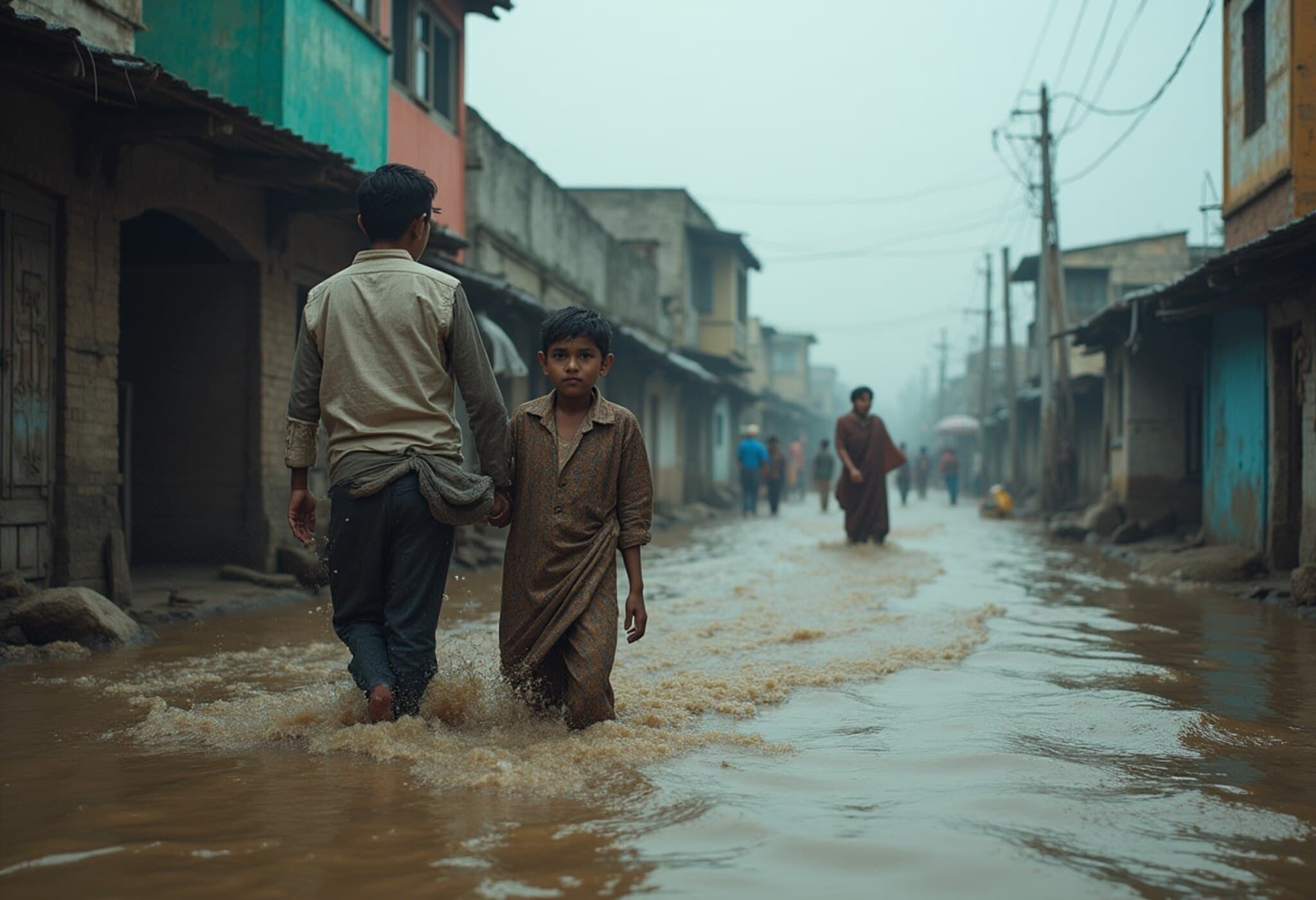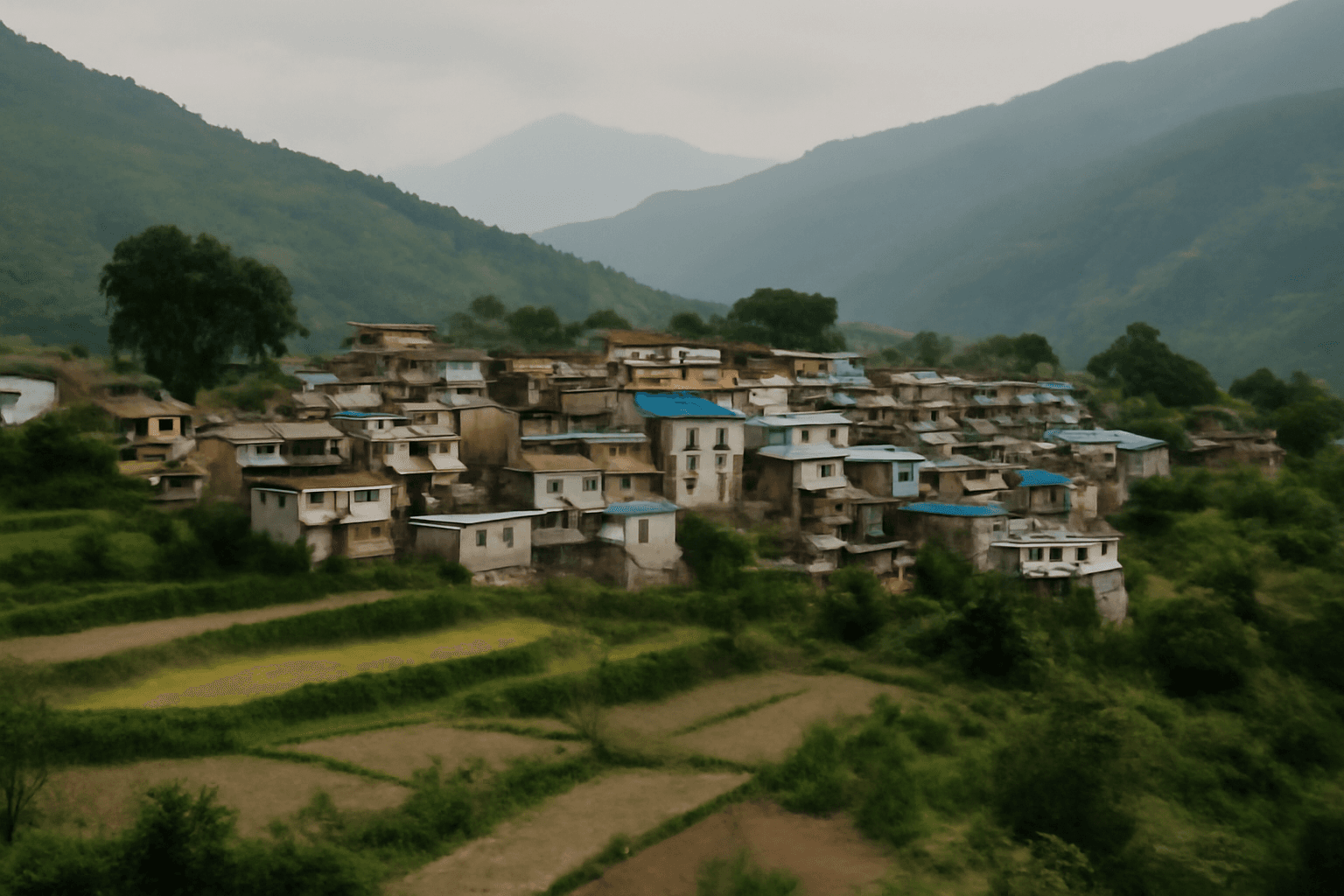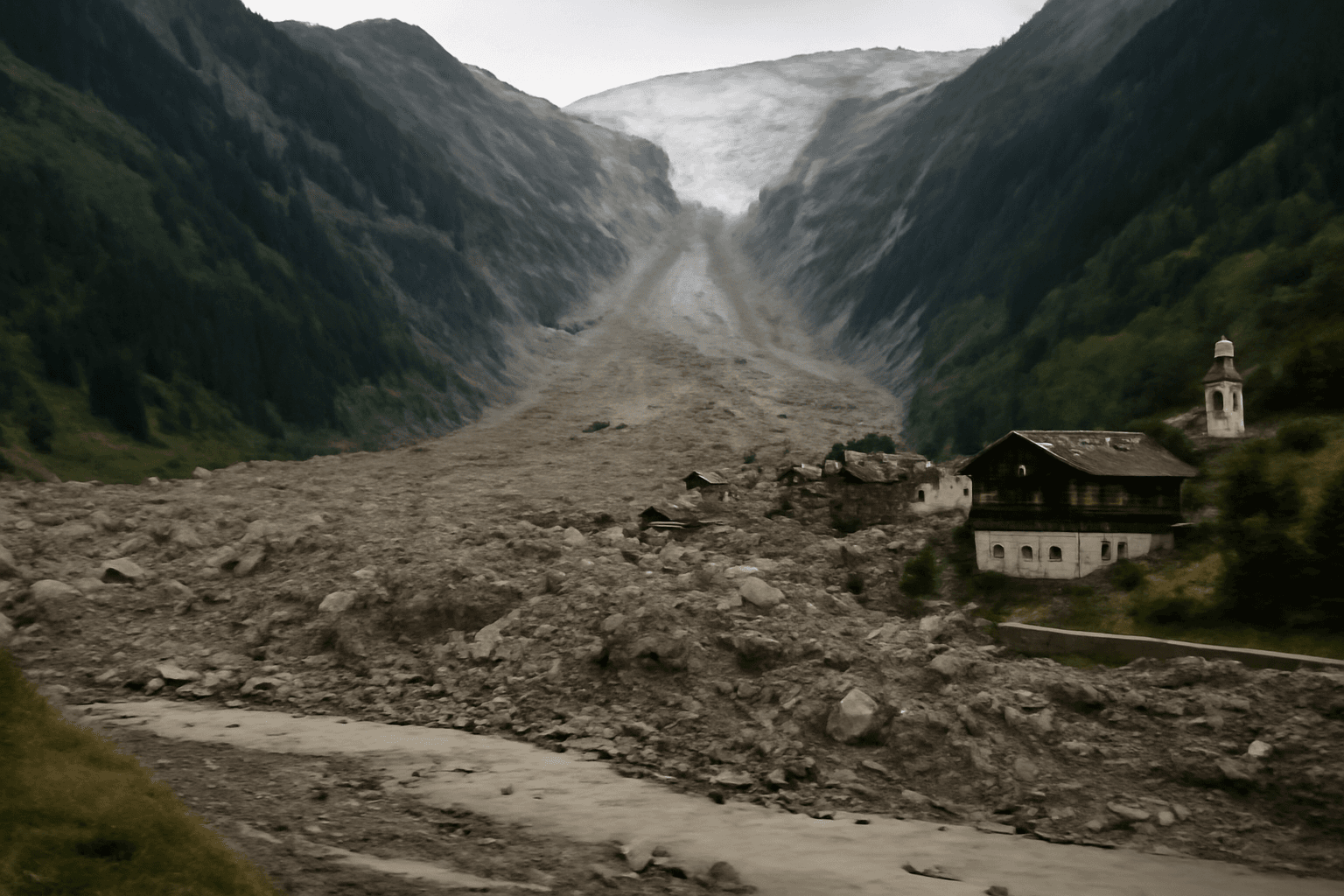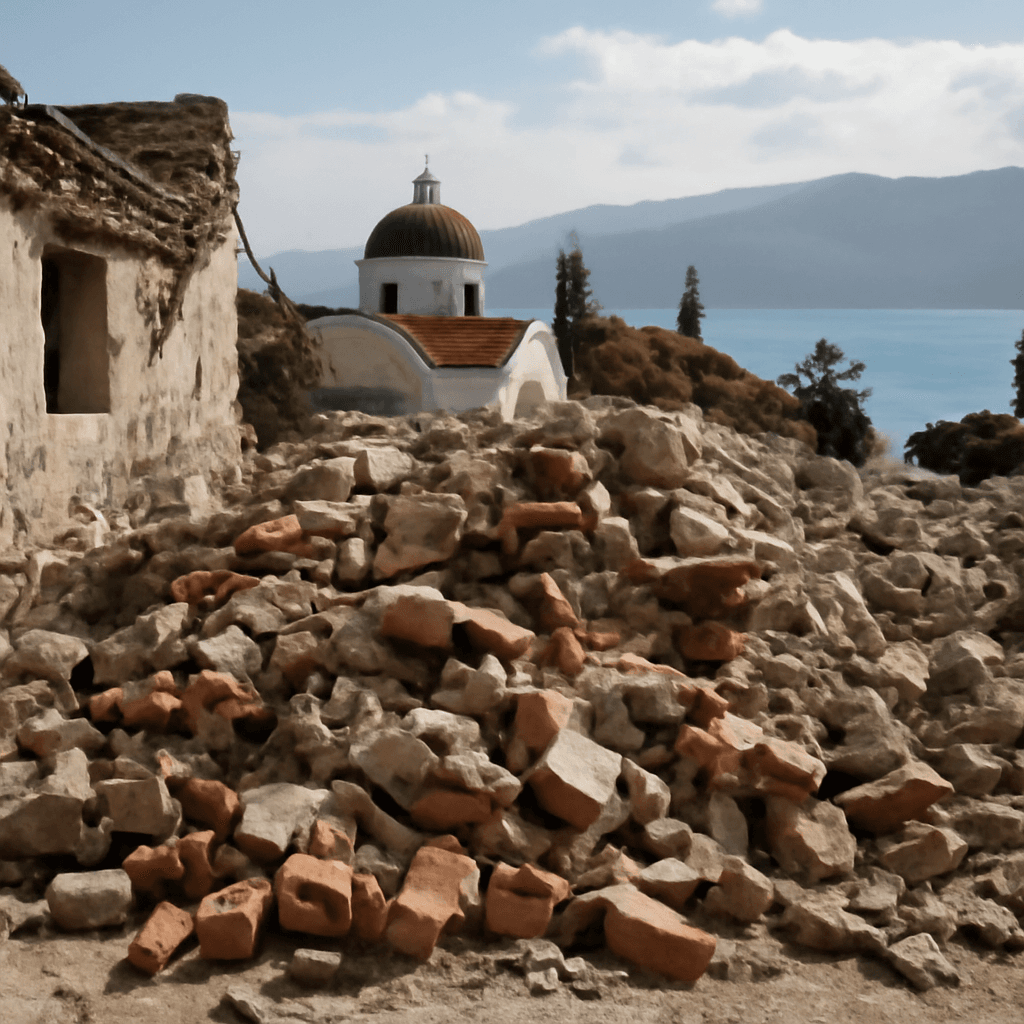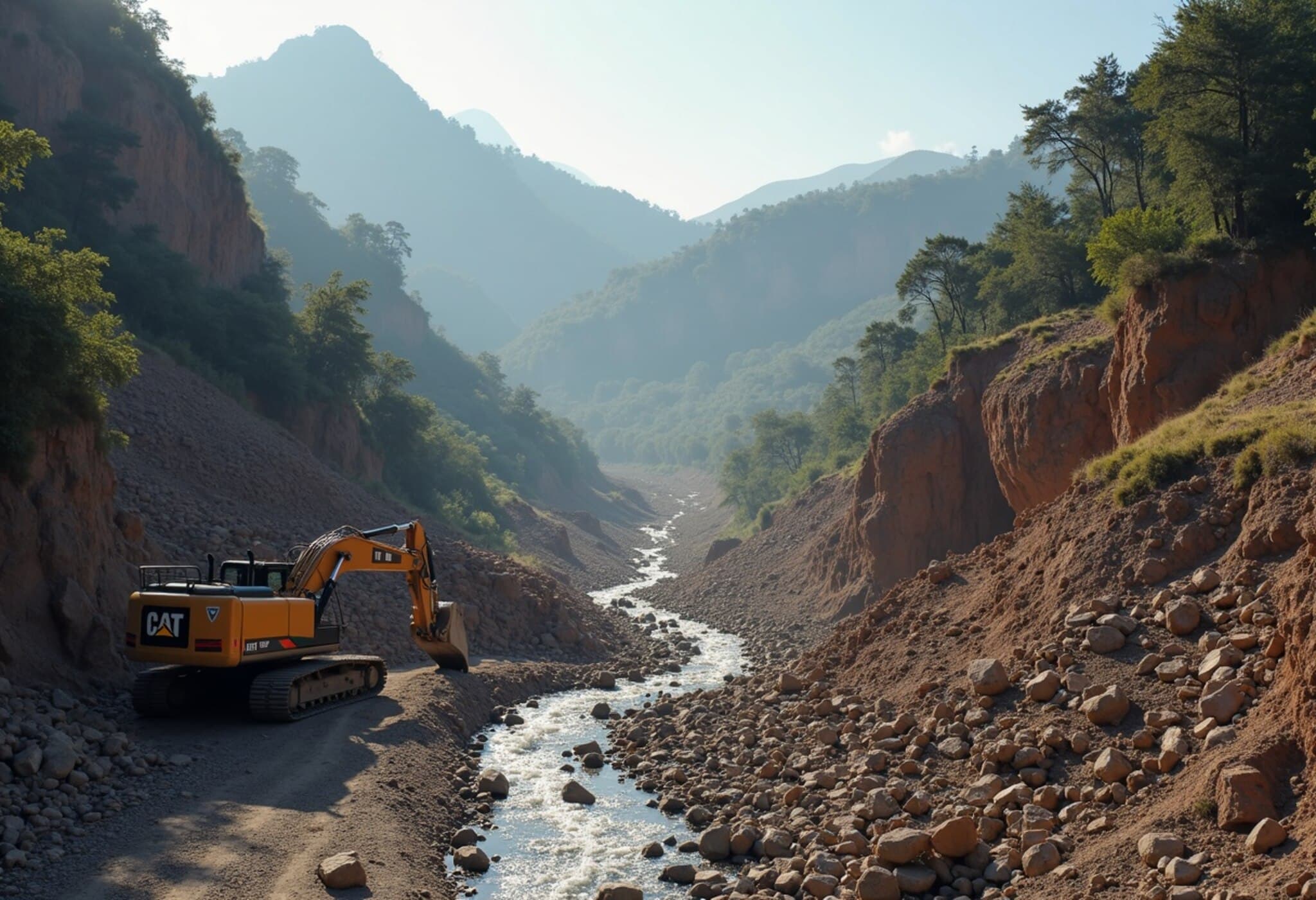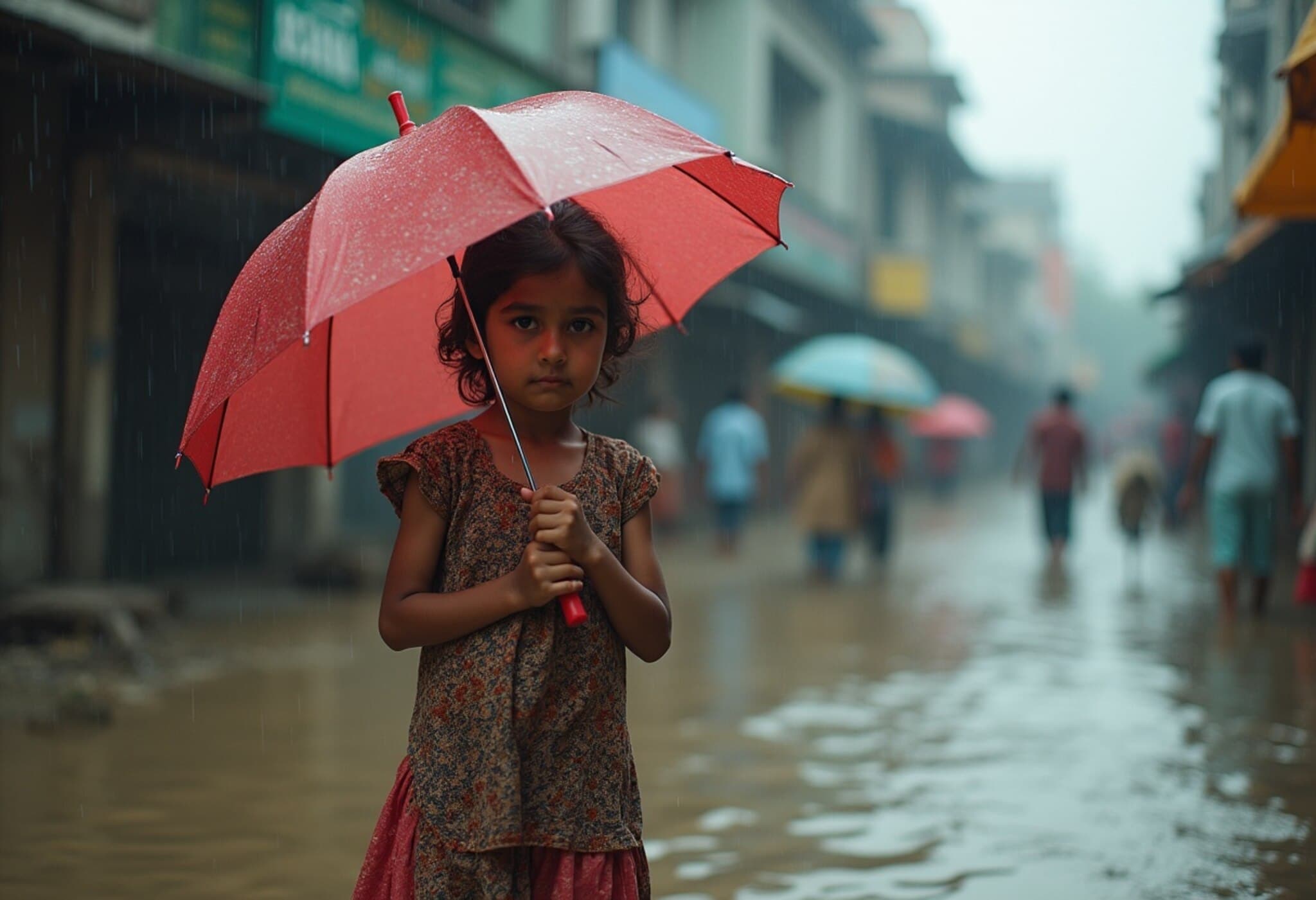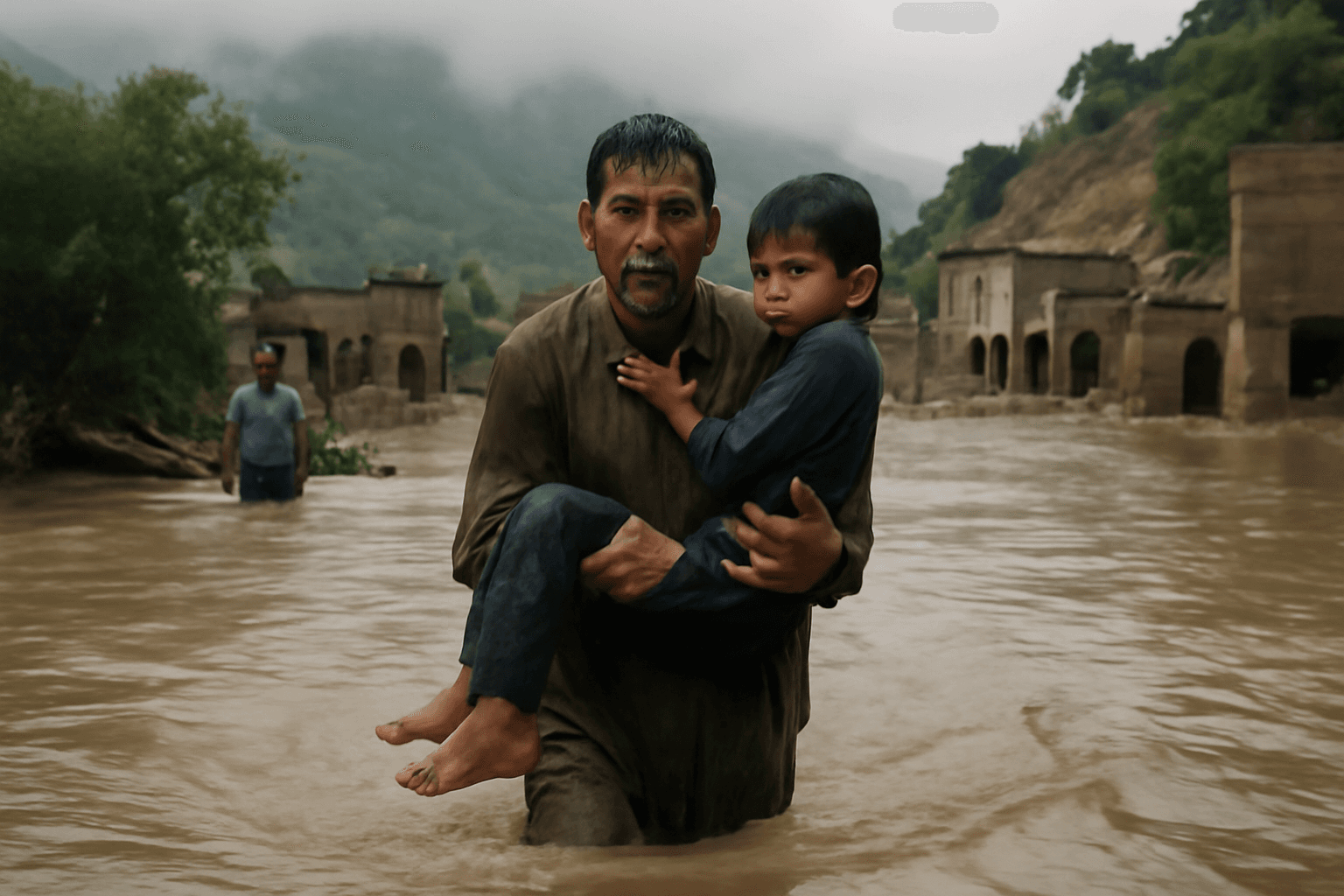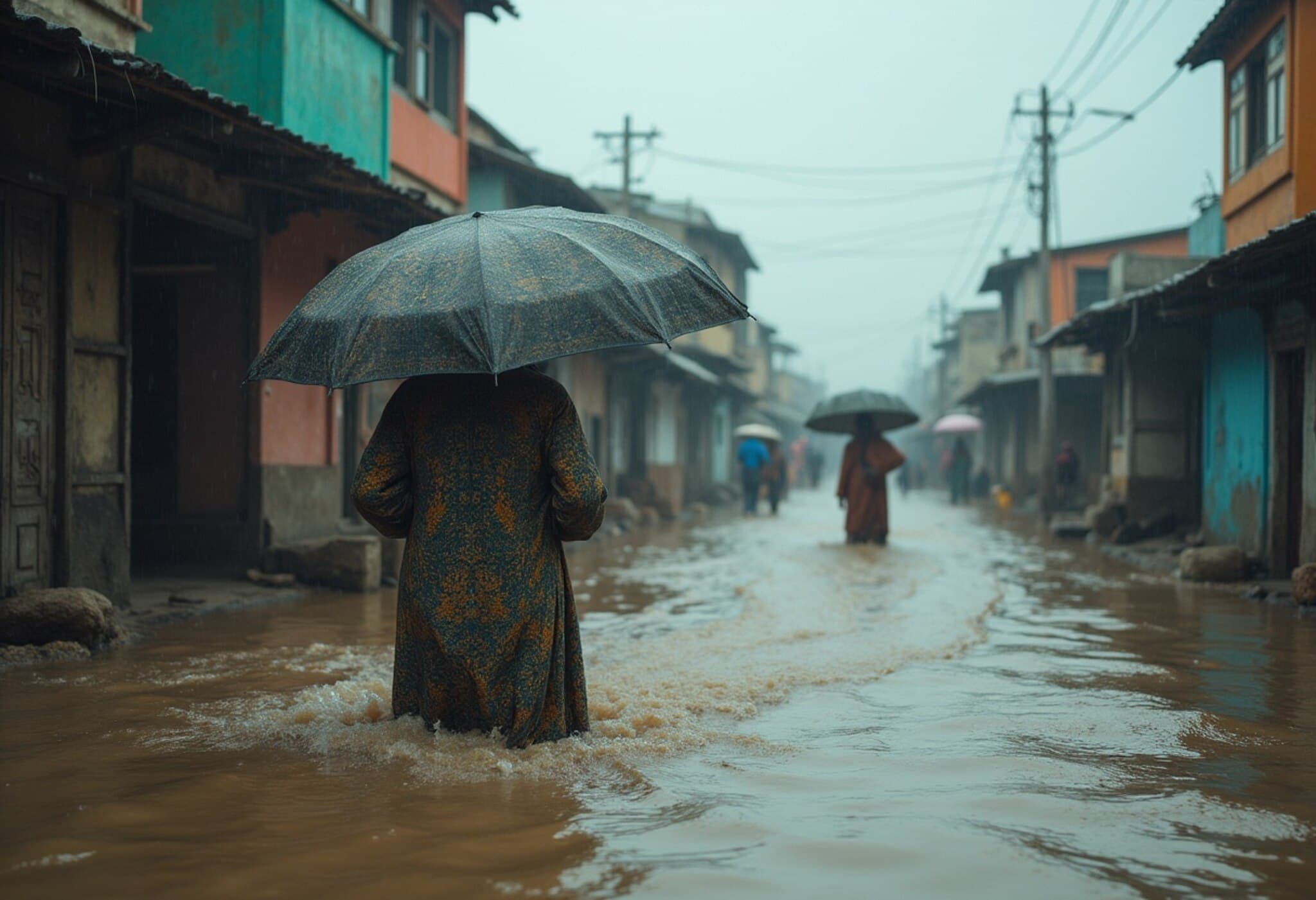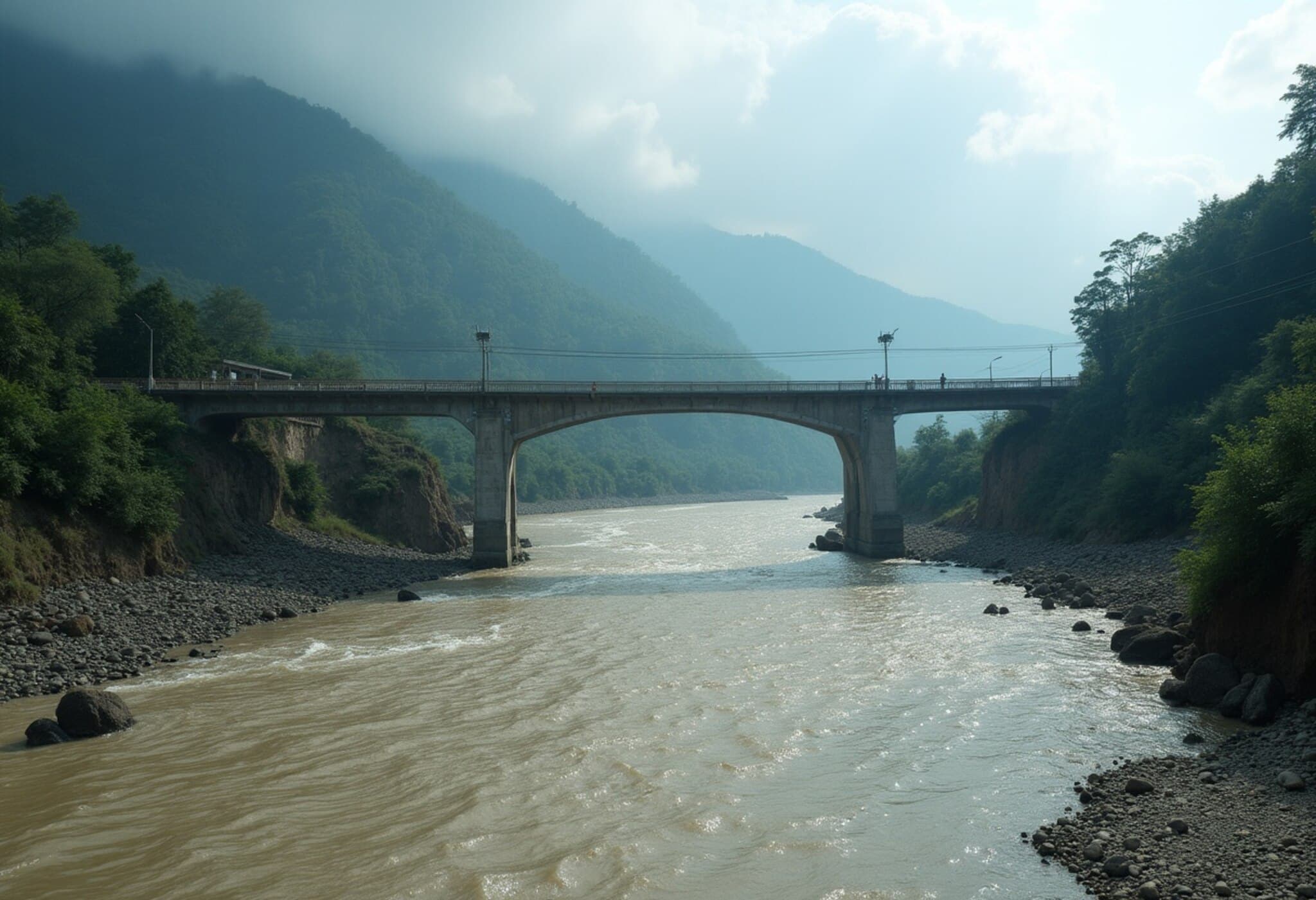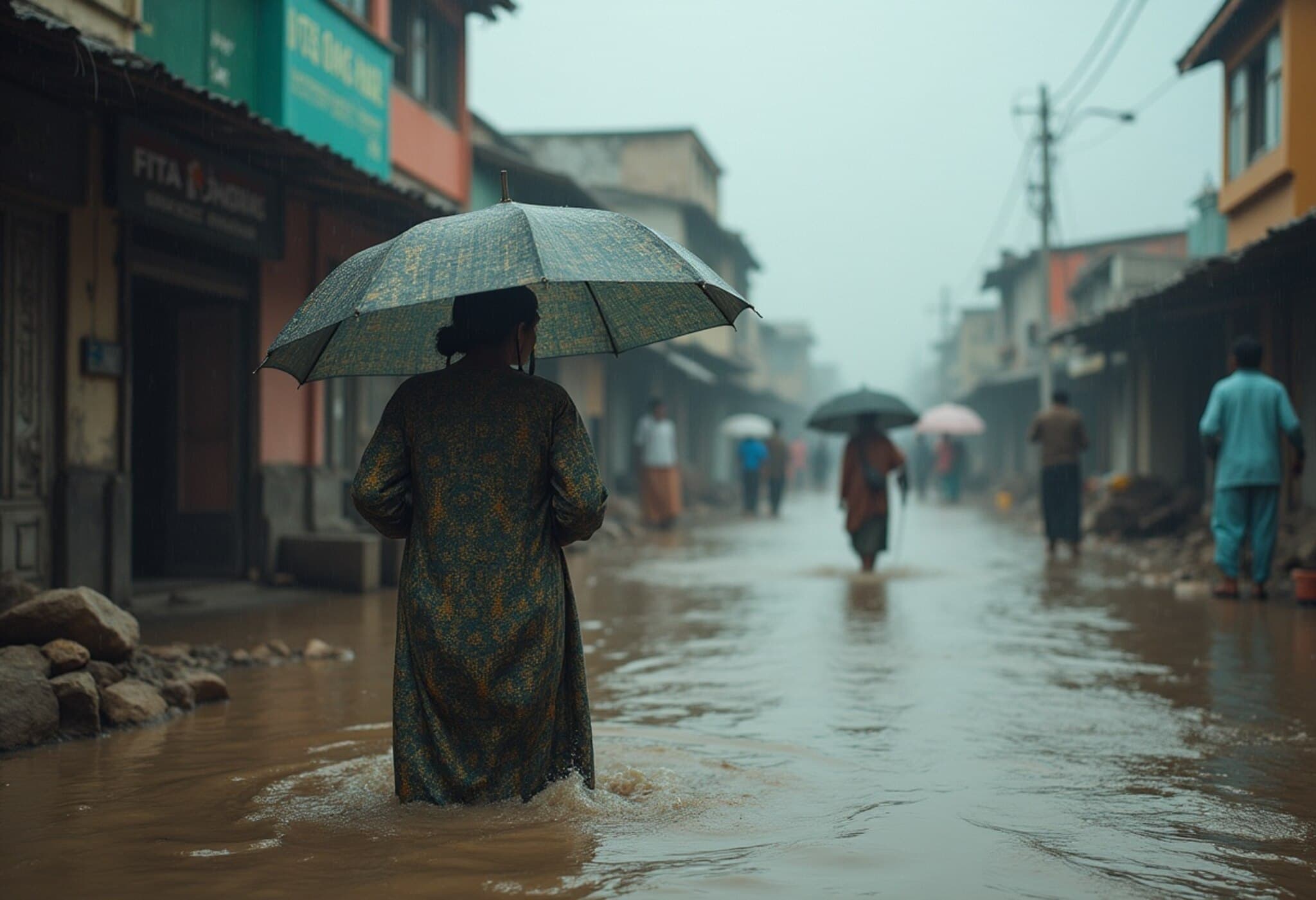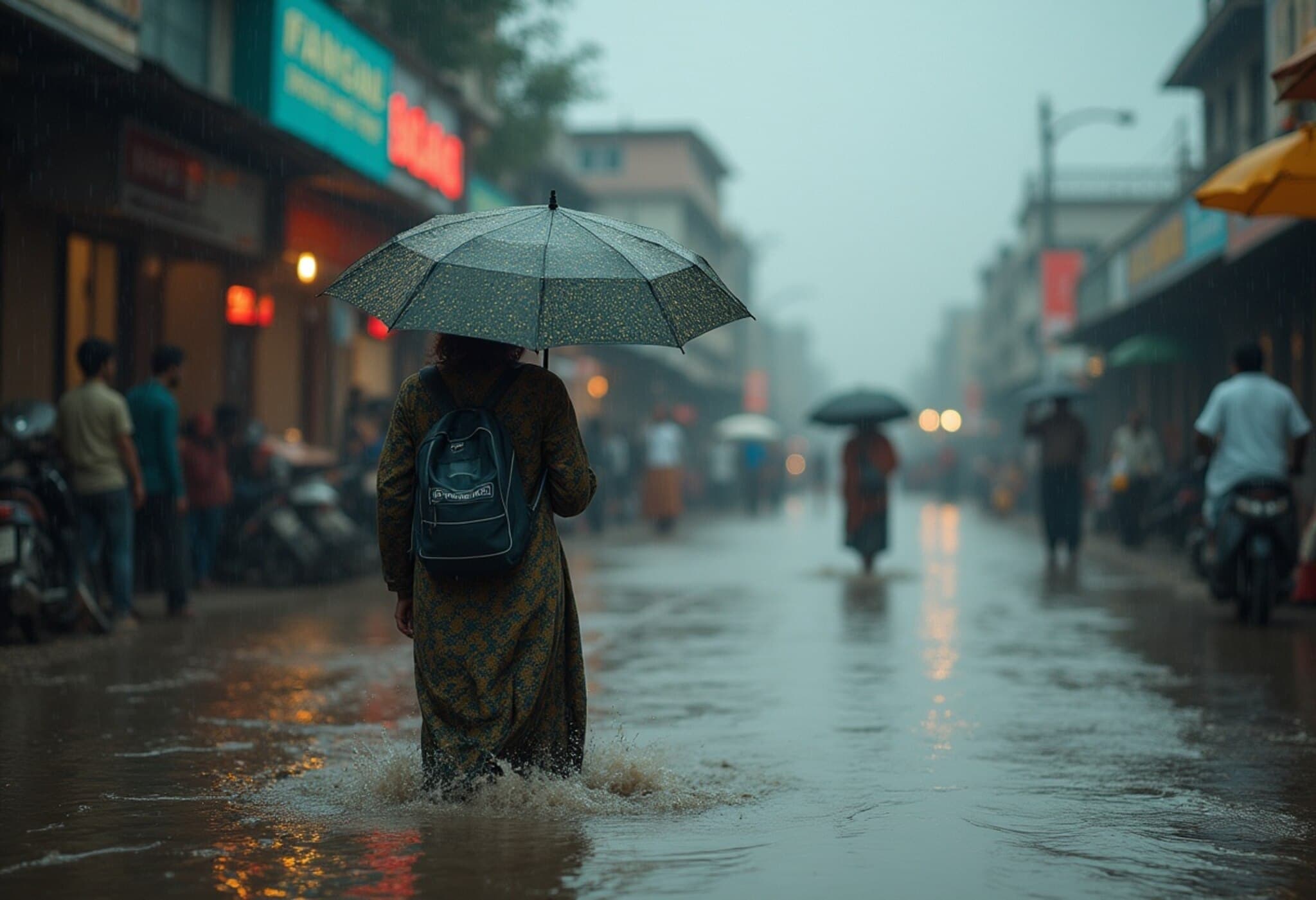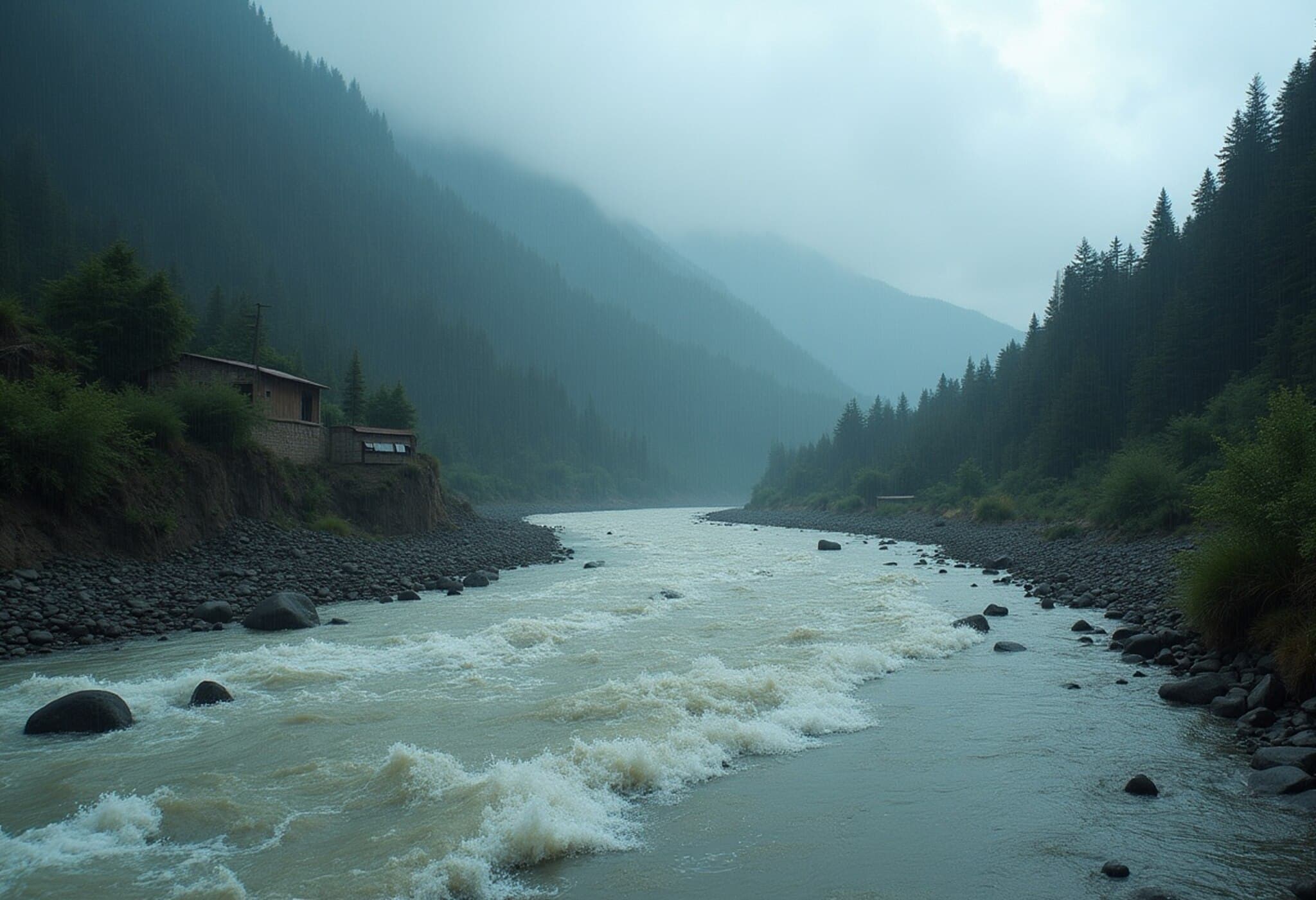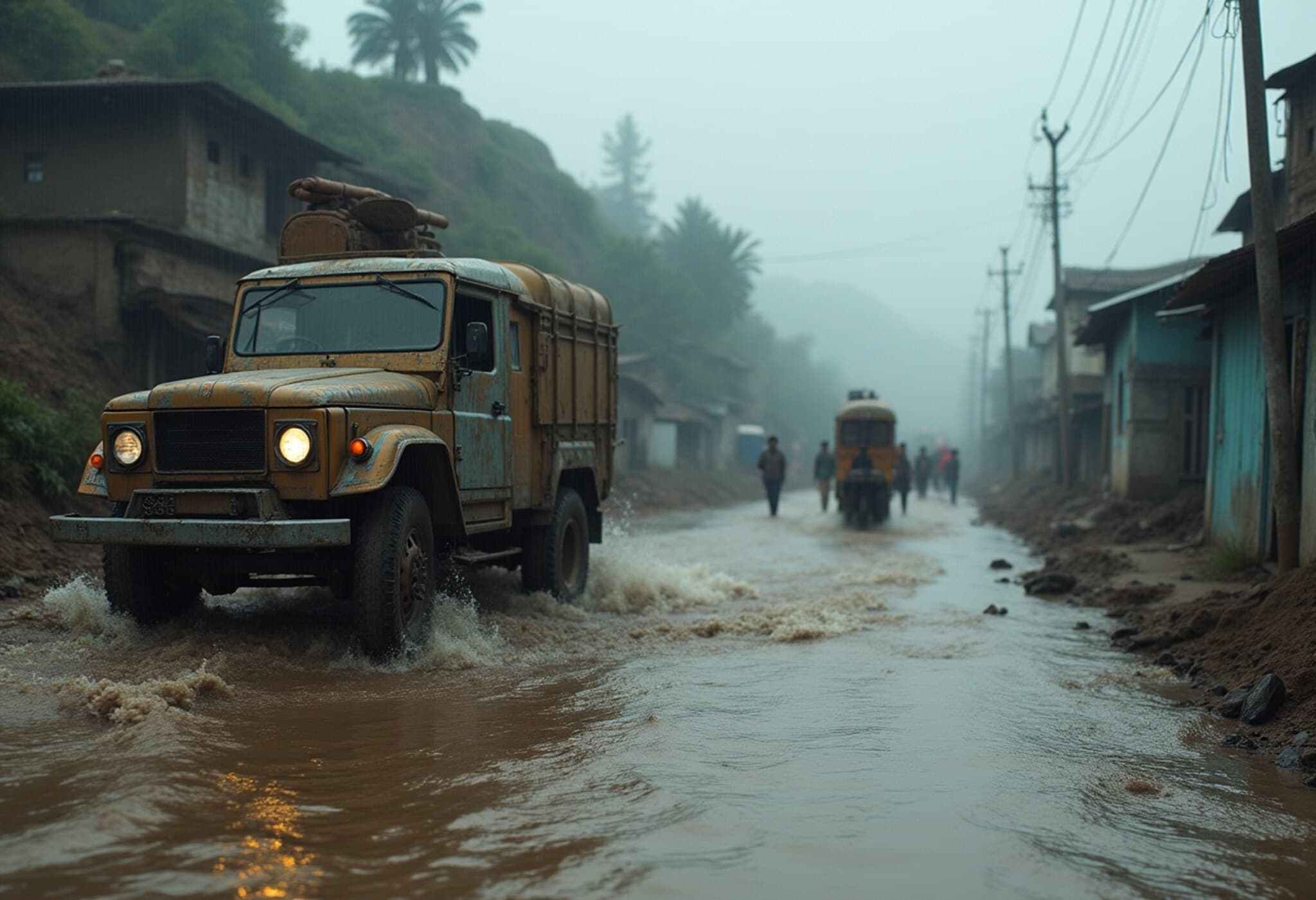Pakistan Struggles Amidst Deadly Flash Floods
Pakistan is currently confronting a devastating natural disaster as relentless monsoon rains trigger catastrophic flash floods across the country. Tragically, the death toll has risen to at least 243 people, with many more feared missing in the turmoil. Among the hardest-hit areas, the Buner district in northwestern Pakistan suffered the greatest loss, accounting for more than 157 fatalities on a single day as entire villages were submerged and homes swept away.
Emergency Response and Ongoing Rescue Efforts
Authorities swiftly declared a state of emergency in Buner and neighboring regions, mobilizing rescue operations involving boats, helicopters, and ground teams. Despite challenging terrain and weather conditions, emergency responders have been working tirelessly to reach stranded families. More than 100 bodies were transported by ambulances to hospitals for identification and further aid.
Meanwhile, in the nearby Mansehra district, rescue teams labored through the night to evacuate nearly 2,000 tourists trapped in the Siran Valley, cut off by flash floods and landslides. The urgency of these operations underscores the widespread suffering and chaos sown by these sudden floods.
Setback: Helicopter Crash in Bajaur
Tragedy further compounded relief efforts when a helicopter carrying essential aid supplies crashed in the Bajaur district amid poor weather conditions. The accident claimed the lives of all five individuals onboard, including two skilled pilots. This loss highlights the perilous nature of rescue missions in Pakistan's rugged northern terrains during the monsoon season.
Government Directives and Disaster Warnings
Pakistan’s Prime Minister, Shehbaz Sharif, has directed the National Disaster Management Authority (NDMA) to prioritize the evacuation of vulnerable families and stranded tourists. In addition, the NDMA issued fresh alerts about potential glacial lake outburst floods in northern mountainous regions, urging citizens and travelers to steer clear of high-risk zones.
Since the start of monsoon rains on June 26, rain-related calamities have resulted in at least 556 deaths nationwide, reflecting the severity and scale of this year’s flooding crisis. The Gilgit-Baltistan region—administered by Pakistan—has similarly experienced repeated flood events, including landslides disrupting the vital Karakoram Highway, a key artery for commerce and connectivity.
Climate Change: Escalating the Storm’s Fury
Experts emphasize that Pakistan's vulnerability to such intense flash floods and cloudbursts is exacerbated by the broader impacts of climate change. Recent studies suggest that monsoon rainfall this year was 10–15% heavier than usual due to rising global temperatures, intensifying the scale and frequency of flooding catastrophes.
Pakistan's climate challenges are nothing new. In 2022, the country witnessed its worst monsoon disaster on record, with more than 1,700 lives lost and economic damages tallying in the billions of dollars—highlighting the urgent need for robust climate resilience policies and infrastructural adaptation.
Looking Forward: The Road to Recovery and Resilience
The human toll and material losses from the current floods pose significant challenges for Pakistan’s government and humanitarian agencies. Beyond immediate rescue and relief, there is a pressing need for systemic investment in early warning systems, sustainable urban planning in flood-prone areas, and regional cooperation on climate mitigation.
For the millions affected, the floods not only mark a disaster but a test of communal strength, government responsiveness, and international solidarity. As global climate patterns shift unpredictably, Pakistan’s experience underscores a broader lesson: climate change is no longer a distant threat but a current crisis demanding both swift action and long-term commitment.
Editor’s Note
The continuing floods in Pakistan highlight the complex interplay between natural disasters and climate change—issues that resonate globally but hit hardest in vulnerable regions. Moving forward, it is critical to ask how national and international frameworks can better anticipate and mitigate such tragedies. How can improved forecasting, infrastructure resilience, and sustainable development be realistically achieved in countries facing both climatic and socioeconomic challenges?
As readers, understanding these nuances fosters a deeper awareness of why floods are no longer random acts of nature but symptoms of a warming planet demanding collective global action.

